What are the key components of effective Brazilian Jiu-Jitsu training?
Table of Contents:
- Introduction to Brazilian Jiu-Jitsu
- The Philosophy and Principles of Brazilian Jiu-Jitsu
- The Benefits of Brazilian Jiu-Jitsu Training
- Getting Started: Finding a Gym and Equipment
- Essential Techniques in Brazilian Jiu-Jitsu
- Drilling and Sparring: The Core of BJJ Training
- Injury Prevention and Safety in Brazilian Jiu-Jitsu
- Mindset and Mental Training for BJJ Success
- Competing in Brazilian Jiu-Jitsu Tournaments
- Nutrition and Recovery for BJJ Athletes
- Brazilian Jiu-Jitsu for Self-Defense
- The Role of Brazilian Jiu-Jitsu in Fitness and Lifestyle
- Brazilian Jiu-Jitsu for Kids: Benefits and Considerations
- Conclusion: Embracing the Journey of Brazilian Jiu-Jitsu
1. Introduction to Brazilian Jiu-Jitsu
Brazilian Jiu-Jitsu (BJJ) is a martial art and combat sport that focuses on ground fighting and submission techniques. Originating from judo and traditional Japanese jiu-jitsu, BJJ emphasizes leverage and technique over strength, making it suitable for practitioners of all ages and body types. With its roots in self-defense, BJJ has evolved into a popular sport with worldwide recognition, thanks in part to its effectiveness in mixed martial arts (MMA) competitions.
2. The Philosophy and Principles of Brazilian Jiu-Jitsu
At the core of Brazilian Jiu-Jitsu lies the philosophy of using technique and leverage to overcome larger and stronger opponents. The gentle art teaches practitioners to control and submit opponents using joint locks and chokeholds, rather than relying on strikes or brute force. Through consistent training, BJJ instills principles of patience, discipline, and problem-solving, both on and off the mats.
3. The Benefits of Brazilian Jiu-Jitsu Training
Training in Brazilian Jiu-Jitsu offers a wide range of physical, mental, and emotional benefits. Physically, BJJ improves cardiovascular health, strength, flexibility, and endurance. Mentally, it enhances focus, concentration, and resilience, as practitioners learn to navigate challenging situations and overcome adversity. Emotionally, BJJ fosters confidence, self-esteem, and camaraderie, as individuals bond with teammates and celebrate collective achievements. If you’re curious about Brazilian jiu jitsu training and what it entails, head over to this informative article on Brazilian jiu jitsu training for an overview of the training process and its benefits.
4. Getting Started: Finding a Gym and Equipment
Before embarking on your BJJ journey, it’s essential to find a reputable gym with experienced instructors and a supportive training environment. Research local academies, visit their facilities, and observe classes to ensure they align with your goals and preferences. Additionally, invest in high-quality BJJ gear, including a gi (uniform), rashguard, spats, and mouthguard, to ensure comfort and safety during training sessions.
5. Essential Techniques in Brazilian Jiu-Jitsu
BJJ encompasses a vast array of techniques, including sweeps, submissions, escapes, and transitions, each designed to control or submit opponents on the ground. Fundamental techniques such as the hip escape (shrimping), guard retention, and basic submissions like armbars and triangles form the building blocks of a strong BJJ game. As practitioners progress, they refine their skills and develop their unique grappling style. Looking to dive deeper into Brazilian jiu jitsu theory and technique? Check out this comprehensive article on Brazilian jiu jitsu theory and technique for valuable insights and strategies. For parents interested in getting their kids involved,
6. Drilling and Sparring: The Core of BJJ Training
Drilling and sparring are the backbone of Brazilian Jiu-Jitsu training, allowing practitioners to refine techniques, develop timing, and test their skills against resisting opponents. During drilling sessions, practitioners repeat specific movements or sequences to improve muscle memory and technique execution. Sparring, also known as rolling, simulates live grappling situations and provides invaluable experience in applying techniques under pressure. Both drilling and sparring are essential for skill development and progression in BJJ.
7. Injury Prevention and Safety in Brazilian Jiu-Jitsu
While Brazilian Jiu-Jitsu is relatively safe compared to other combat sports, injuries can still occur during training and competition. Practitioners can minimize the risk of injury by warming up properly before training, practicing good technique, and listening to their bodies to avoid overtraining. Additionally, wearing appropriate protective gear such as knee pads and mouthguards can help reduce the likelihood of injury. Coaches and instructors play a crucial role in promoting safety by monitoring training intensity and intervening when necessary to prevent accidents.
8. Mindset and Mental Training for BJJ Success
Success in Brazilian Jiu-Jitsu is not only determined by physical skill but also by mental fortitude and mindset. Developing a strong mindset involves cultivating qualities such as perseverance, resilience, and adaptability. Visualization, goal-setting, and positive self-talk are effective mental training techniques used by BJJ practitioners to enhance performance and overcome challenges. By adopting a growth mindset and embracing the learning process, practitioners can achieve greater success both on and off the mats.
9. Competing in Brazilian Jiu-Jitsu Tournaments
Competing in Brazilian Jiu-Jitsu tournaments offers practitioners an opportunity to test their skills in a competitive environment and measure their progress against others. Whether it’s a local, regional, or international competition, participating in tournaments can be a rewarding experience that fosters growth and development as a grappler. Preparation for competition involves physical training, strategy development, and mental preparation to perform at peak levels on tournament day. While winning is a common goal, the journey of competition often provides valuable lessons and insights that contribute to personal growth and improvement.
10. Nutrition and Recovery for BJJ Athletes
Proper nutrition and recovery are essential components of an effective training regimen for Brazilian Jiu-Jitsu athletes. Consuming a balanced diet rich in lean proteins, complex carbohydrates, and healthy fats supports energy levels, muscle recovery, and overall performance. Hydration is also crucial for maintaining optimal performance and preventing dehydration during intense training sessions. Adequate rest, sleep, and recovery practices such as foam rolling, stretching, and massage help prevent burnout and reduce the risk of injury, allowing athletes to train consistently and effectively.
11. Brazilian Jiu-Jitsu for Self-Defense
While Brazilian Jiu-Jitsu is often practiced as a sport, its roots lie in self-defense and practical combat techniques. BJJ’s emphasis on leverage, technique, and ground fighting makes it an effective martial art for self-defense situations where striking may not be practical or necessary. By mastering fundamental BJJ techniques and principles, practitioners gain the confidence and ability to defend themselves against larger and stronger opponents in real-world scenarios. Training in BJJ also promotes situational awareness, assertiveness, and de-escalation skills, further enhancing personal safety and security. And for those interested in Brazilian jiu jitsu as a form of self-defense, explore the concepts and techniques in this article on Brazilian jiu jitsu self defense.
12. The Role of Brazilian Jiu-Jitsu in Fitness and Lifestyle
Beyond its martial arts applications, Brazilian Jiu-Jitsu has become increasingly popular as a fitness activity and lifestyle choice for people of all ages and backgrounds. BJJ offers a dynamic full-body workout that improves cardiovascular health, muscular strength, flexibility, and agility. Additionally, training in BJJ provides mental and emotional benefits such as stress relief, improved focus, and increased self-confidence. As a social activity, BJJ fosters a sense of community and camaraderie among practitioners, creating lasting friendships and support networks both on and off the mats. Learn all about it in this guide on how should a bjj gi fit.
13. Brazilian Jiu-Jitsu for Kids: Benefits and Considerations
Brazilian Jiu-Jitsu offers numerous benefits for children, including physical fitness, discipline, self-confidence, and social development. Through structured classes and age-appropriate instruction, kids learn valuable life skills such as respect, teamwork, and perseverance in a fun and supportive environment. However, parents should consider factors such as the child’s maturity level, interest in martial arts, and the reputation of the BJJ academy when enrolling them in classes. Additionally, ensuring a safe and positive training environment with qualified instructors is essential for the child’s overall well-being and enjoyment of the sport. Bravo BJJ offers high-quality kids bjj gi at discount prices. Wondering how a BJJ gi should fit?
14. Conclusion: Embracing the Journey of Brazilian Jiu-Jitsu
In conclusion, Brazilian Jiu-Jitsu offers a transformative journey of physical, mental, and personal development for practitioners of all ages and abilities. Whether pursuing fitness, self-defense, competition, or simply the joy of learning a new skill, BJJ provides a unique and rewarding experience that extends far beyond the confines of the gym. By embracing the principles of technique, discipline, and resilience, practitioners unlock their full potential both on and off the mats, embodying the essence of the gentle art and enriching their lives in countless ways.
FAQs About Brazilian Jiu-Jitsu Training
Q1. Is Brazilian Jiu-Jitsu suitable for beginners?
A: Absolutely! Brazilian Jiu-Jitsu (BJJ) welcomes practitioners of all skill levels, including beginners. Most BJJ academies offer beginner-friendly classes tailored to newcomers, focusing on fundamental techniques and principles to help beginners build a strong foundation.
Q2. Do I need to be in shape to start Brazilian Jiu-Jitsu?
A: No prior fitness level is required to start BJJ. Training in Brazilian Jiu-Jitsu itself is an excellent way to improve fitness, strength, flexibility, and endurance over time. Beginners are encouraged to start at their own pace and gradually increase intensity as they become more comfortable with the techniques and training.
Q3. How often should I train in Brazilian Jiu-Jitsu?
A: The frequency of training in Brazilian Jiu-Jitsu depends on individual goals, availability, and personal preferences. Beginners may start with 2-3 classes per week to allow for adequate recovery and skill development. More experienced practitioners may train 4-6 times per week or more, depending on their training intensity and competition schedule.
Q4. Is Brazilian Jiu-Jitsu safe?
A: While Brazilian Jiu-Jitsu involves physical contact and grappling, it is generally considered a safe martial art when practiced under the guidance of qualified instructors in a controlled environment. Injuries can occur, but adherence to proper technique, safety guidelines, and appropriate training intensity helps minimize the risk of injury.
Q5. How long does it take to earn a Brazilian Jiu-Jitsu belt?
A: The journey to earning a Brazilian Jiu-Jitsu belt varies for each individual and depends on factors such as training frequency, skill progression, and promotion criteria set by the academy. On average, it may take several years of consistent training to progress from white belt to black belt, with intermediate belts (blue, purple, brown) earned along the way.
Q6. Can children participate in Brazilian Jiu-Jitsu training?
A: Yes, many Brazilian Jiu-Jitsu academies offer classes specifically designed for children, typically starting around the age of 4 or 5. BJJ provides numerous benefits for kids, including physical fitness, discipline, confidence, and social interaction, in a safe and structured environment supervised by qualified instructors.
Q7. How does Brazilian Jiu-Jitsu differ from other martial arts?
A: Brazilian Jiu-Jitsu distinguishes itself from other martial arts through its emphasis on ground fighting, leverage, and technique over size and strength. Unlike striking-based arts such as karate or taekwondo, BJJ focuses on grappling and submission techniques, making it suitable for practitioners of all sizes and genders.
Q8. Can I compete in Brazilian Jiu-Jitsu tournaments?
A: Yes, Brazilian Jiu-Jitsu tournaments offer opportunities for practitioners to compete at local, regional, national, and international levels across various age and skill divisions. Competing in BJJ tournaments allows practitioners to test their skills, gain valuable experience, and challenge themselves against opponents from different backgrounds and styles.
Q9. What equipment do I need for Brazilian Jiu-Jitsu training?
A: Basic equipment for Brazilian Jiu-Jitsu training includes a BJJ gi (uniform), a rash guard (optional), BJJ shorts or spats, a mouthguard, and grappling gloves (optional). Some academies may also require specific gear such as belt ranks and academy patches. Additionally, investing in protective equipment such as knee pads and ear guards can help prevent injuries during training.

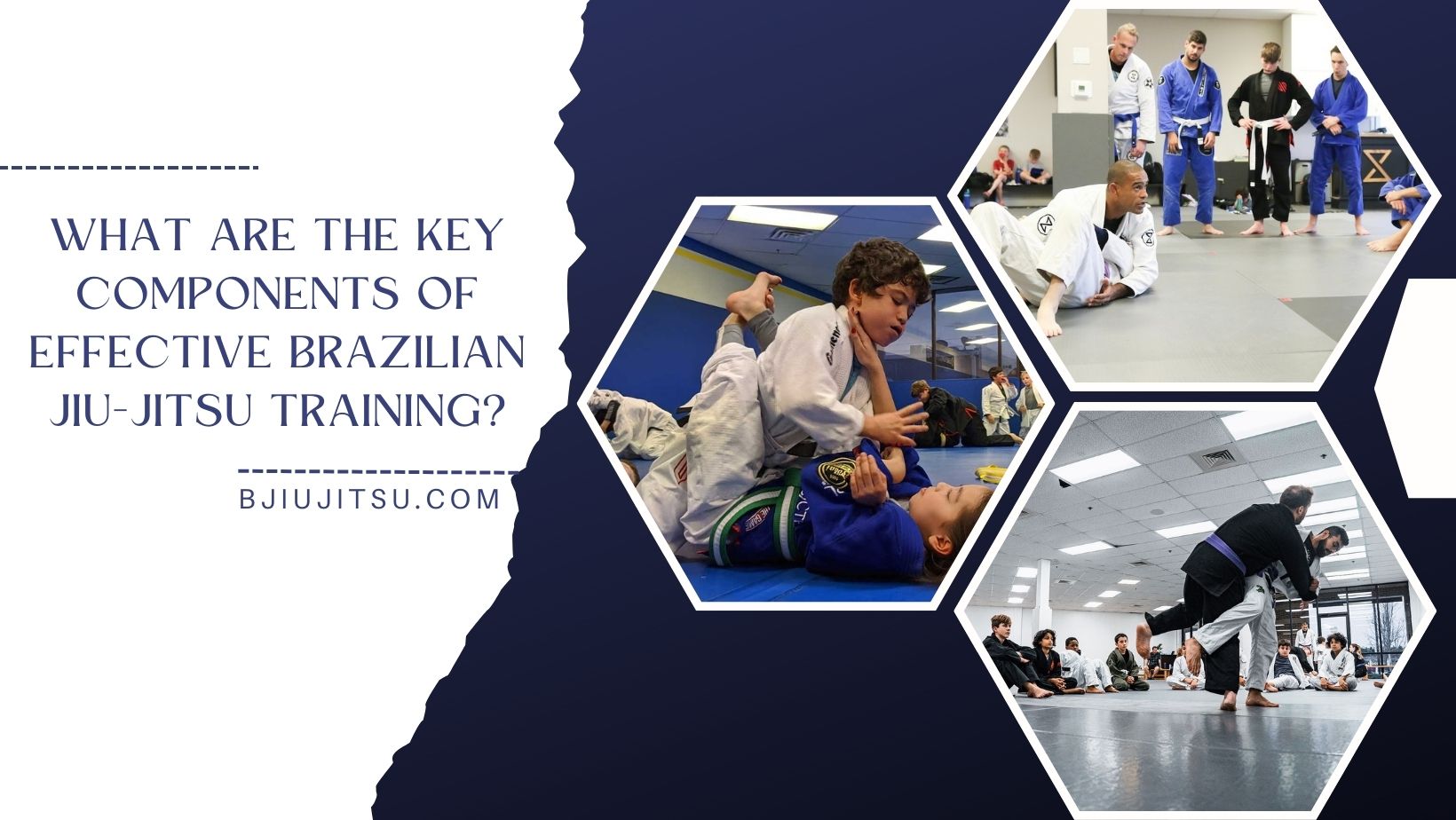




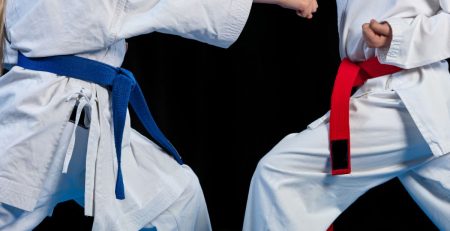
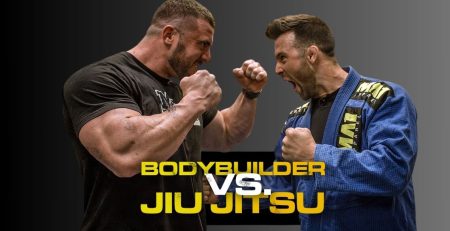
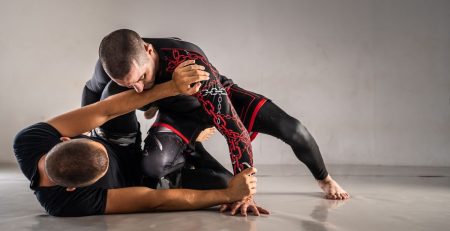

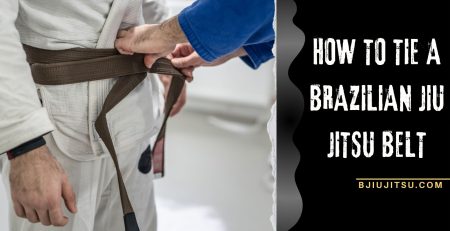
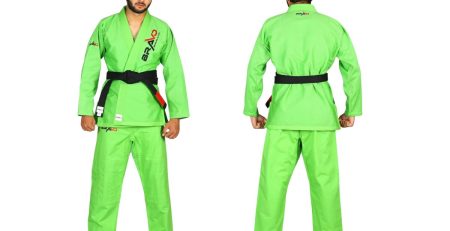
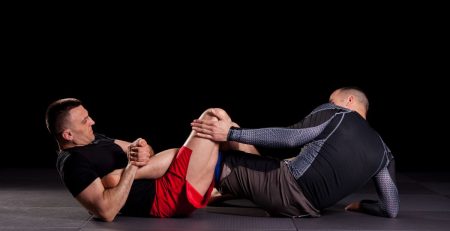

Leave a Reply
You must be logged in to post a comment.